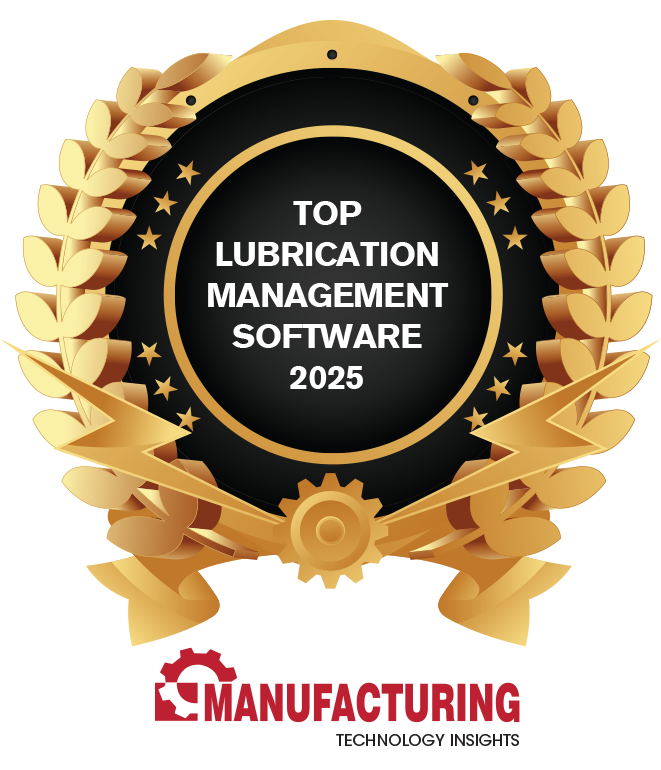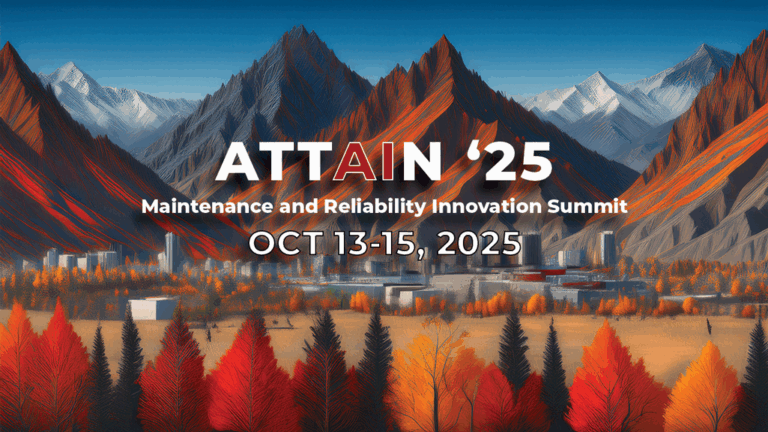Equipment reliability is the bottom line of any organization aiming to thrive in today’s highly competitive industrial landscape. Equipment reliability means protecting your machinery from equipment failure, thus maintaining productivity, ensuring safety, and minimizing operational costs. To achieve this bottom line, the reliability engineer must spearhead the development and implementation of best practices in maintenance and lubrication management.
Equipment Failure and Best Practices
Equipment failure is a constant challenge in any industrial setting. Failures or breakdowns result in disruptions, repairs, and downtime, resulting in low productivity and low profitability. Equipment failures can come from various sources, including:
- Wear and Tear – the machine and its parts will deteriorate over time due to regular use.
- Improper Operation – misuse or mishandling of the machine leads to early deterioration.
- Irregular Maintenance – neglecting or missing seeing the early signs of failure, thus speeding up the deterioration of the machine.
- Environmental Factors – exposing the machine to extreme temperatures, humidity, and contaminants speeds up the deterioration that leads to failure.
By understanding the sources of equipment failure, a reliability manager or engineer can implement the best practices to prevent them. Implementing best practices is more cost-effective because they deal with equipment failure at its root cause. Once in place and implemented properly, best practices continuously provide proactive measures that keep failure minimal and reliability high.
Equipment Failure Best Practices in Lubrication and Maintenance
Below are the best practices in lubrication and maintenance that deal with equipment failure at its source.
1. Implementing Preventive Maintenance Programs
Preventive Maintenance (PM) involves servicing the machine regularly to detect early signs of equipment failure and deal with them before they lead to major failures and breakdowns. Depending on the machine requirements and other factors, PM programs may consist of one or more of the following tasks:
- Scheduled Inspections – Regularly scheduled inspections identify potential issues before they lead to failure.
- Routine Lubrication – Checking and reapplication of the right lubricant on all moving parts is critical in reducing wear and tear.
- Calibration and Alignment – Periodic checking and adjustment of the machine parts maintain precision and efficiency, thus preventing failures.
2. Utilizing Condition Monitoring
Condition monitoring methods help optimize PM programs to reduce equipment failure, focusing proactive measures on areas that need attention and thus, ensuring optimum effectiveness at low costs. Condition monitoring involves data collection through various methods such as:
- Vibration Analysis – Monitoring vibration levels to detect imbalances, misalignment, or bearing faults.
- Thermography – Use of infrared cameras to identify overheating components.
- Ultrasonic Testing – Detecting changes in ultrasonic emissions to identify issues like leaks, electrical discharges, and mechanical faults.
3. Implementing Predictive Maintenance
Another valuable addition to any PM program, predictive maintenance (PdM) involves the use of data collection and analytics technologies to predict equipment failures before they occur. Unlike regular PM strategies or condition monitoring methods, PdM is not limited to current issues or actual signs of failure. Instead, PdM predicts future failures through:
- Data Analytics – Use of historical and real-time data to predict when machines might fail.
- Machine Learning – Employing machine learning algorithms to improve the accuracy of failure predictions.
- IoT Sensors – Integrating IoT (Internet of Things) sensors provides real-time and continuous monitoring of equipment health, issuing alerts when anomalies are detected.
4. Maintaining Proper Documentation
Proper documentation is critical in any maintenance efforts, facilitating effective communication, collaboration, and decision-making. Maintain proper and complete documentation through the use of:
- Maintenance Logs – These keep detailed records of all maintenance activities, inspections, and repairs.
- Failure Analysis Reports – These document the root cause analyses of equipment failures to prevent recurrence.
- Reliability Reports – These are comprehensive documents that detail the performance and reliability information of a machine or equipment.
- Standard Operating Procedures (SOPs) – These documents are regularly updated and easily accessible documents providing instructions for doing tasks to ensure their correct and proper execution.
5. Training and Educating Staff on Equipment Failure Best Practices
Proper training and continuous education ensure that employees are knowledgeable, skilled, and capable of performing their tasks effectively, thus, reducing the errors that lead to equipment failure. Training may involve:
- Technical Training – Providing ongoing training for maintenance and reliability staff on the latest techniques and technologies.
- Safety Protocols – Regularly training staff on safety procedures minimizes accidents and equipment damage.
- Cross-Training – Cross-train employees to handle various maintenance or lubrication tasks, ensuring flexibility and continuity.
6. Optimizing Inventory Management
Effective inventory management ensures that the right parts, materials, and tools are available and in good condition when needed. Thus, there are fewer delays and more efficiency when preventing or dealing with equipment failures. Proper inventory management involves:
- Inventory Monitoring – Organizing and regularly updating the inventory of critical spare parts to minimize downtime during repairs or inspections.
- Vendor Relationships – Establishing strong relationships with reliable suppliers for quick and efficient parts procurement.
- Parts Standardization – Standardizing parts across similar equipment to reduce inventory complexity.
7. Enhancing Design and Installation
Reliability can further be optimized by enhancing the design of the machine and its installation through:
- Reliability-Based Designs – Working with equipment manufacturers to incorporate reliability features into the design of the machine or equipment.
- Proper Installation – Ensuring that equipment is installed correctly according to manufacturer specifications.
- Environmental Control – Maintaining the optimal environmental conditions, i.e. controlling the temperature, humidity, contamination, etc. to reduce the potential sources of equipment failure.
8. Promoting Continuous Improvement
Proactive measures against equipment failure must undergo continuous improvement to ensure that they adapt to the ever-changing factors that cause equipment failure. You can promote continuous improvement through:
- Root Cause Analysis – Performing periodic root cause analysis helps identify and address underlying issues.
- Performance Metrics – Tracking key performance indicators (KPIs) measures the effectiveness of maintenance strategies.
- Feedback Loop – Encouraging feedback from maintenance staff to identify areas for improvement and implement best practices.
9. Utilizing Management Software
Organizations can leverage computer technologies to enhance the efficiency and accuracy of dealing with equipment failures. The most common of these technologies include:
- CMMS/EAM Systems – Computerized Maintenance Management Systems (CMMS) or Enterprise Asset Management (EAM) systems streamline maintenance workflows.
- Digital Twins – Using digital twin technology creates virtual models of equipment for testing and analysis.
- Automation – Incorporating automation technologies, such as robotic process automation (RPA), can be valuable for repetitive and routine maintenance tasks.

Improve Equipment Failure Best Practices with Redlist
As you can see, the above best practices can be complex, and implementing them all can be overwhelming, not to mention, costly. But with the help of Redlist, these practices are a breeze to implement and maintain. Redlist provides custom CMMS, EAM, and Lubrication Management Software solutions for all your maintenance and lubrication requirements. Contact us to schedule your free demo with our reliability experts. Achieve your reliability goals and your bottom line today!


